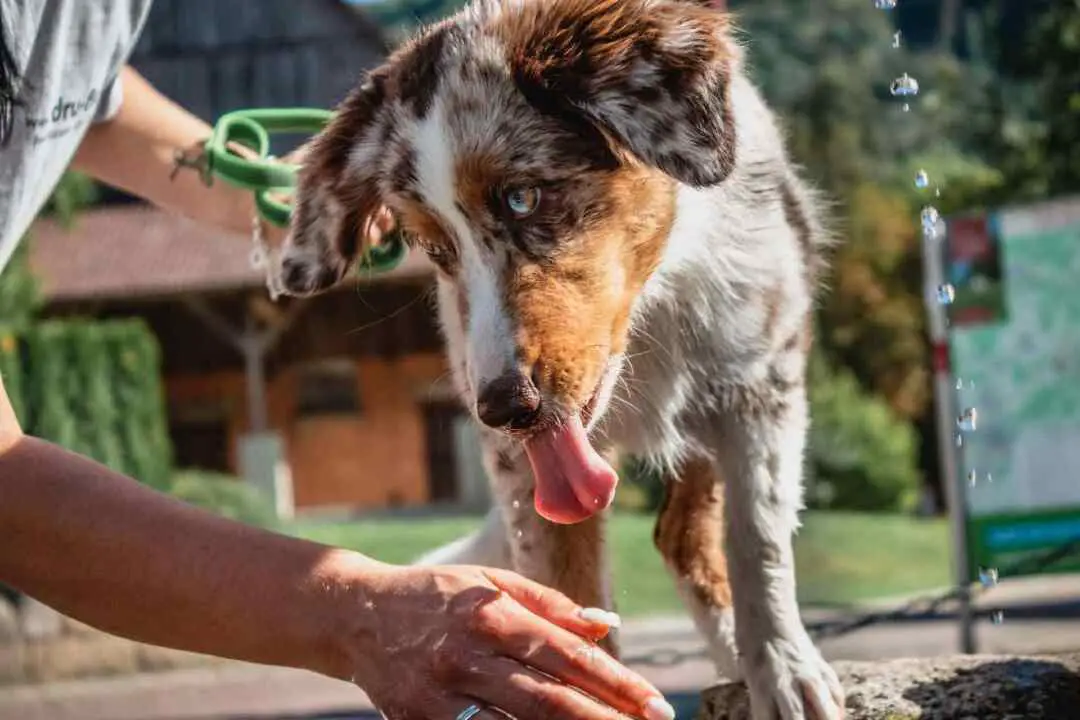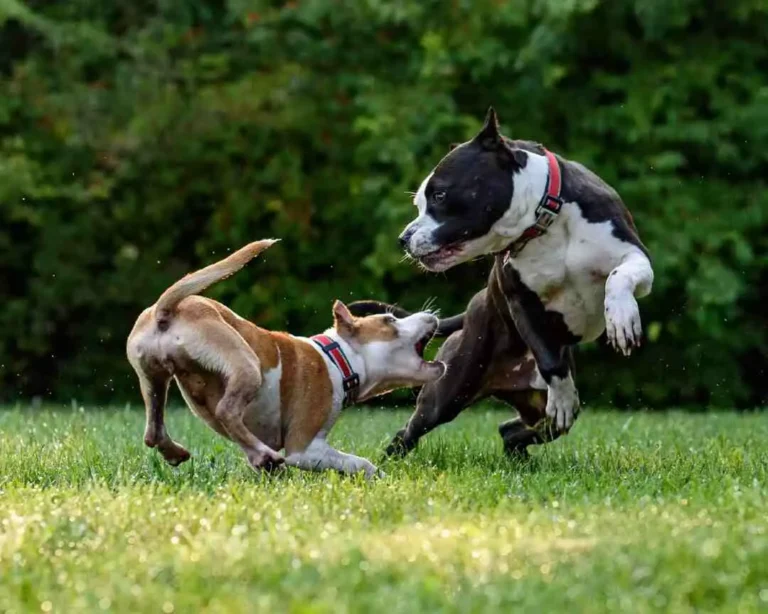How To Hypnotize a Dog?
Does your dog have fears? Or are you unable to control your dog from anxiety? if so, This article will help you find the practical scientific solution to overcome these issues. There is a known tested method named Hypnosis or Tonic immobility. This might sound a little crazy!
Hypnotism is a state of immobility with focused attention. It is the terminal alleged defensive response. Hypnosis is widely practiced across a wide range of animals including humans. it is also practiced among non-vertebrates like bugs, arachnids, scavengers, reptiles, birds, etc.
Points to consider before hypnotizing a dog?
On the off chance that your dog is experiencing any of the below symptoms. then, hypnosis could be a decent solution to these sufferings.
- Nervousness
- Fear of firecrackers
- Restlessness
- Fear of different dogs
- Separation tension
- Loud commotions
Can you hypnotize a dog? Yes, you can!
Hypnosis is legal in 50 states in the US. Kindly follow the IAIH Code of Ethics for better results of hypnotism. You can hypnotize your dog by yourself or with the help of an experienced hypnotherapist.
Make sure your hypnotherapist has passed the below criterion:
- Insurance to work with a dog
- Qualifications in creature conduct
- Proven results that they can show as their achievement
- Experience in working with many creatures
Make sure that your dog has a sense of security in their organization before you allow it. Dogs go through hypnosis the same way as humans do. The difference is that the dogs react to the tone of the hypnotherapist’s voice instead of their words.
Steps to hypnotize dogs:

Relax your dog with a perfect massage in a calm environment with soothing music or with a pleasant voice.
Aim to draw the consideration, trust, and consistency of your pet. The smartest choice is an agreeable calm climate or a spot that settles them the most. Keep them away from interruptions like other pets and commotions. Use a comfortable bed or a most loved cover. Use recognizable scents, rescue remedies, a calming collar, or even fragrant healing. Hypnotherapists use conscious touch to set up association and trust.
Start stroking the dog’s head, back, and gut. Set a quiet climate with adoring hands. Rehashed, relieving expressions to “unwind” and “quiet down” help prompt your dog. Create comfort with a pleasant voice. Quieting music is likewise useful.
Only After these initial three stages, your dog may as of now seem hypnotized. It may be that they’re feeling quiet and snoozing off—which is joyful for some pet guardians.
To hypnotize them, bring them to an accommodating position. There are several ways, keep them on your lap with their back end nearest to you and their head between your knees. They come into an entrancing state in deep silence.
Another suggestion is moving your dog onto their back. Hold them under their arms, and stroke their gut until their limbs go limp. Cheer up the dog and spend some time getting acquainted with the dogs.
Handle the dog with a folded blanket and place the blanket to its sides- or back by a variety of techniques. Kneel beside your dog, pull the front and back legs of your dog towards you or away from you. You can also try sitting your dog, drop your dog to sternal recumbent position and roll them over. Gently apply pressure around the head, neck, shoulder, back, hip, and limbs to control your dog.
The dogs will be completely still. Now, they’ll stay in a tonic state, you ought to have the option to relive them. Test their limbs for reactions. If they begin to awaken, place your hand delicately all over the dog and talk soothingly.
How to relieve a dog from hypnosis?
A loud clap or definitive call should wake them from the condition of hypnosis back to normal.
Nature of dogs in tonic immobility state:
Evaluate the qualities and physiological changes during tonic immobility. This evaluation decides the security (Refer cons) and attainability (refer steps to hypnotize dogs) of using specific strategies during hypnosis.
The dog’s behavior at the end of hypnosis is important. Certain species show forceful conduct towards the therapist or an individual. Conduct at the end may show the dog’s aversion to tonic immobility. This is particularly significant if tonic immobility is carried out a few times in the same dog.
You will observe a few things which are normal. During this practice, the dogs remain still. But on some occasions, the dogs move their- limbs, heads, and tails. This may be a slight movement of the head or limbs, intermittent muscle jerking, and paw rowing.
You may find them swallowing, lip licking, blinking, and occasional eye closure. Look out for their eye and ear movements. Observe the changes in respiration rate in response to auditory and other stimuli. This immobility may go for a couple of moments or endure for as long as few hours.
A drowsing dog is yet receptive to sounds. When a dog in a mesmerizing state, it disregards sounds and stays loose. You could do a sound test to guarantee that the dog is in a profound state.
You could play MP3 chronicles accessible in the market for easy results. This helps to mesmerize the dog before firecracker night, so that dog could feel loose and quiet. It allows- the dog to have a sense of security while providing delicate vocal orders.
Pros:
- It is a treatment for dogs that are nervous, suffering from separation anxiety, having a fear of fireworks or loud noise.
- Hypnosis might be instrumental to recover your dog from sleepwalking, sleeping disorder, trouble resting, and falling unconscious.
- A possible treatment against chronic pain and weight loss.
Cons:
- The riskiest is the possibility of making false memories (called confabulations). Other potential results are cerebral pain, wooziness, and forcefulness.
- Tonic immobility may affect cardiovascular, respiratory, or sensory systems in some meek dogs.
Hypnosis is a proven scientific method to help your dog overcome their fears or anxiety. Analyze your dog for their symptoms and the eligibility of the hypnotherapist. The suggested methods and stages of hypnosis are to be handled with care. Hypnosis can thus help your dogs relieve their anxiety or fears, making them fit and happy pets.
Credit: Photos by Jordan Davis and Sara Kurfeb on Unsplash.







